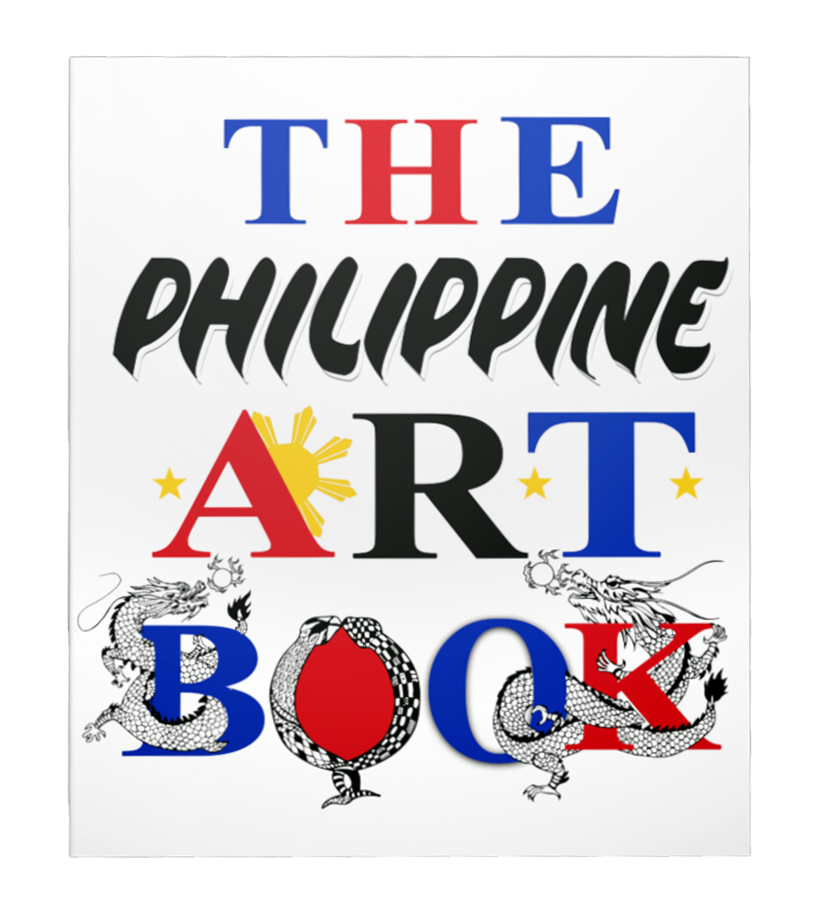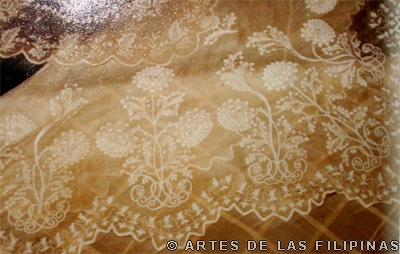
A nineteenth century piŃa cloth with embroidered edges, believed
to be the property of the Yriarte family of
Photo Courtesy of Teresa de Vera from Casa Manila
THE LONG TRADITION OF HAND EMBROIDERY IN TAAL, BATANGAS
by: Christiane de la Paz
The town of Taal, Batangas had a long tradition of hand embroidery since the turn of the century. Its intricate, well-embossed hand embroidery made it increasingly a refined art of society. It boasts of its highly callado (a kind of filigree work wherein yarn in painstakingly pulled off from the cloth) as one of the finest in the world.
Pina and jusi are the traditional fabrics used by the bordadoras. Pina is a soft, fine, flexible, and durable off-white fabric about two to four inches in length. It is derived from the finest mature leaves of the red Spanish variety of pineapple. During the Spanish period, pina was the most expensive and highly sought fabric worn for barong Tagalog by the illustrados on very rare special occasions It is a very delicate material, too difficult and expensive to embroider. Jusi (the Chinese term for raw silk), on the other hand, is a lightweight, flimsy, and ecru colored fabric regarded by the bordadoras as the best material for embroidery.
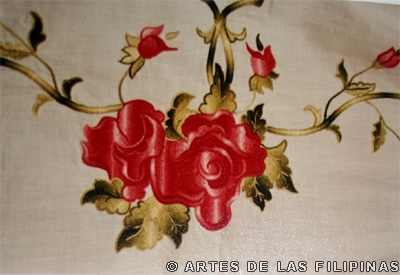
The vanishing thread (eskaladao) as shown in the flower motif.
Photo Courtesey of Teresa De Vera (1989)
In Taal, hand embroideries are characterized by the following: makinis (smooth and even quality of the embroidery stitches), sunod ang korte, pino (fine) at masinsin, hindi makarat ang dibuho (design should be composed of fine, delicate shapes that are not scattered all over the cloth), mabintog (embossed quality of the embroidery which gives depth and volume to the design), matibay (durable), hindi hiris ang panahi, and magkakahawig na kulay. The makinis is the most important criterion of beauty in embroidery.
Hand embroidery starts with a magdidibuho (designer) who is in charge of stamping designs on the cloth. The cloth is then passed on to the magbuburda (embroiderer) who embroiders the cloth which the designer has stamped. The magkakalado works on the cut-openwork portion of the embroidery. There are three persons assisting the magkakalado: the magbabakbak, maglalala, and the magmumunggo. The magbabakbak draws the thread out from the cloth. The maglalala draws together the thread left in the process of pagbabakbak by applying various embroidery stitches on the cloth. The magmumunggo embroiders the part where thread was drawn together. These three functions can sometimes be done by a single person.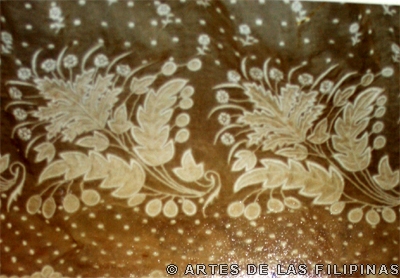
From the calado (open-work design), the cloth is brought to the magaagohero, in charge of embroidering the hem or edges of the embroidered cloth after which the maglalaba washes the embroidered cloth. The cloth then is mounted on a wooden frame to dry under the sun. Once dried, the cloth is folded and delivered to the cabecilla to sell.
During the early 1900s, naguas or lagwas (undergarments) and kamison (chemise) were the very first items to be embroidered. The intricate embroidery and callado are found in the bodice and hemline. Panuelo made of pina cloth have cut-open work and floral design on its edges. The leaves and flowers motif was the dominant design imprinted on cloth.
References:
Tagle, Mary, The Fine Art of Philippine Embroidery, Mobilways, 1961.
De Vera, Teresa, A Comparative Study of Traditional and Modern Modes of Embroidery in Batangas and Bulacan, 1989.
Recent Articles
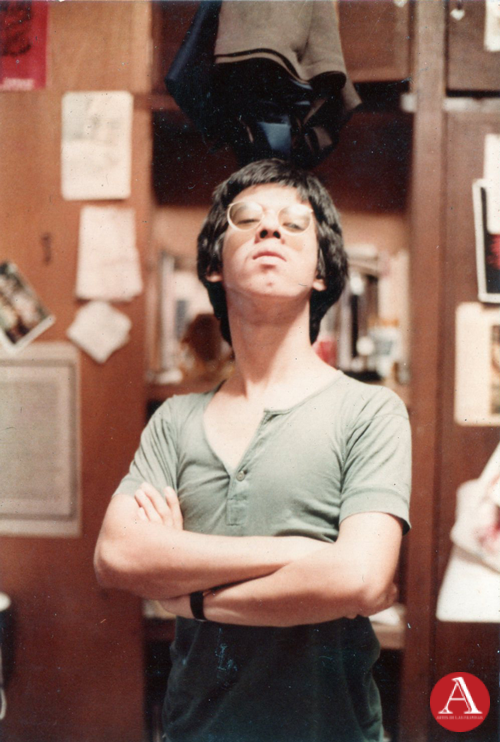 FEDERICO SIEVERT'S PORTRAITS OF HUMANISM
FEDERICO SIEVERT'S PORTRAITS OF HUMANISMJUNE 2024 – Federico Sievert was known for his art steeped in social commentary. This concern runs through a body of work that depicts with dignity the burdens of society to...
.png) FILIPINO ART COLLECTOR: ALEXANDER S. NARCISO
FILIPINO ART COLLECTOR: ALEXANDER S. NARCISOMarch 2024 - Alexander Narciso is a Philosophy graduate from the Ateneo de Manila University, a master’s degree holder in Industry Economics from the Center for Research and...
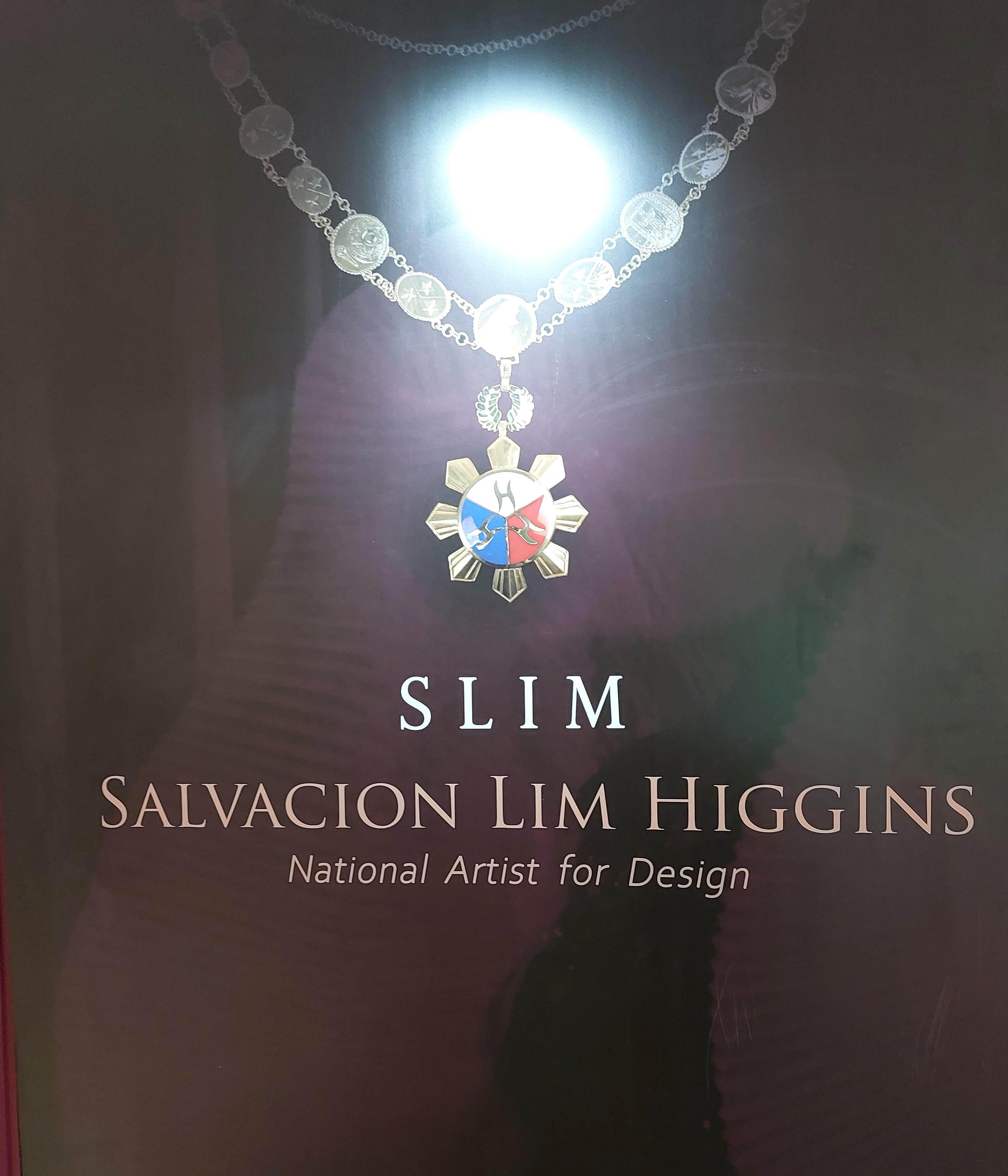 An Exhibition of the Design Legacy of Salvacion Lim Higgins
An Exhibition of the Design Legacy of Salvacion Lim HigginsSeptember 2022 – The fashion exhibition of Salvacion Lim Higgins hogged the headline once again when a part of her body of work was presented to the general public. The display...
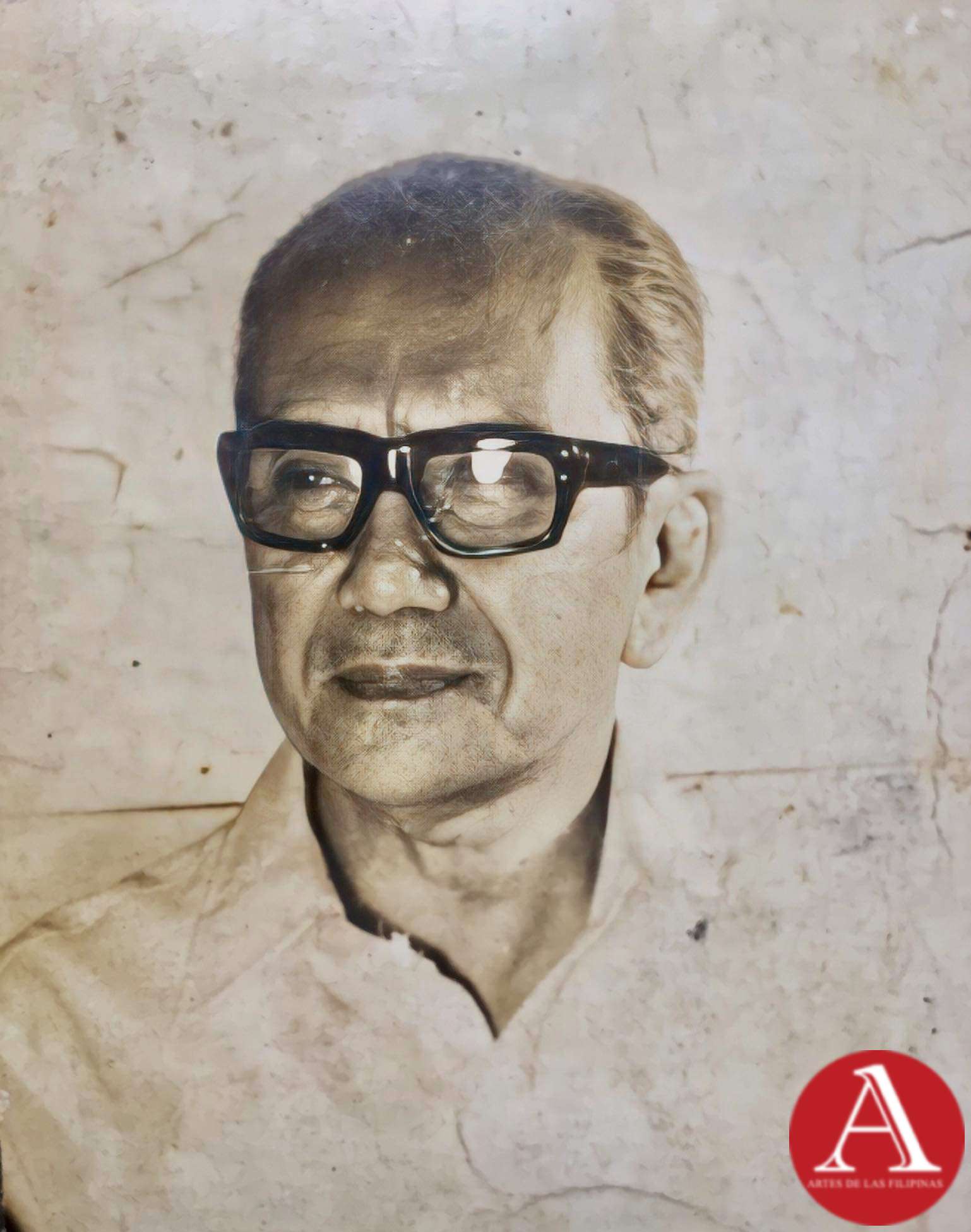 Jose Zabala Santos A Komiks Writer and Illustrator of All Time
Jose Zabala Santos A Komiks Writer and Illustrator of All TimeOne of the emblematic komiks writers in the Philippines, Jose Zabala Santos contributed to the success of the Golden Age of Philippine Komiks alongside his friends...
 Patis Tesoro's Busisi Textile Exhibition
Patis Tesoro's Busisi Textile Exhibition
The Philippine Art Book (First of Two Volumes) - Book Release April 2022 -- Artes de las Filipinas welcomed the year 2022 with its latest publication, The Philippine Art Book, a two-volume sourcebook of Filipino artists. The...
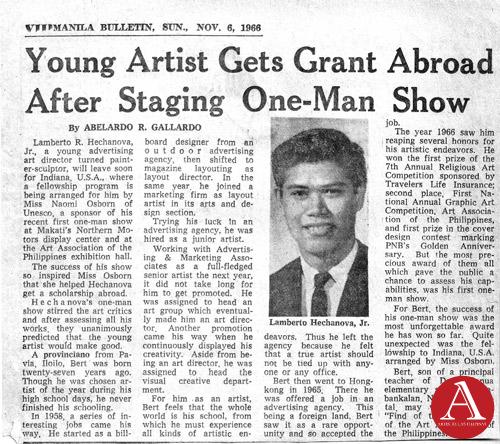 Lamberto R. Hechanova: Lost and Found
Lamberto R. Hechanova: Lost and FoundJune 2018-- A flurry of renewed interest was directed towards the works of Lamberto Hechanova who was reputed as an incubator of modernist painting and sculpture in the 1960s. His...
 European Artists at the Pere Lachaise Cemetery
European Artists at the Pere Lachaise CemeteryApril-May 2018--The Pere Lachaise Cemetery in the 20th arrondissement in Paris, France was opened on May 21, 1804 and was named after Père François de la Chaise (1624...
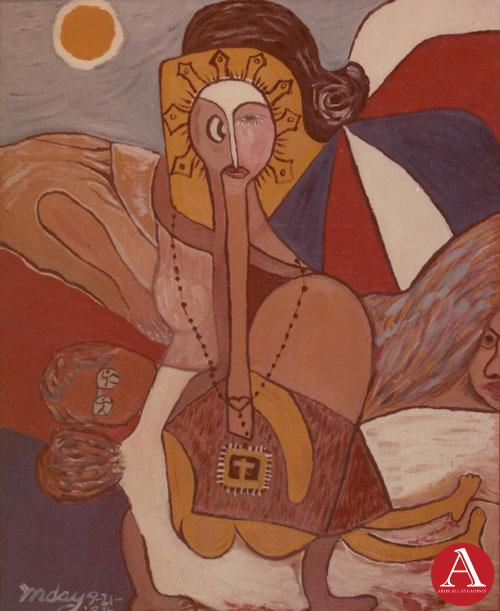 Inday Cadapan: The Modern Inday
Inday Cadapan: The Modern IndayOctober-November-December 2017--In 1979, Inday Cadapan was forty years old when she set out to find a visual structure that would allow her to voice out her opinion against poverty...
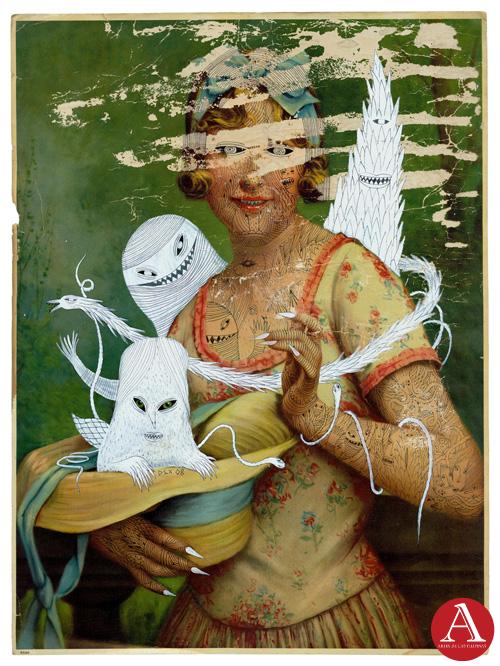 Dex Fernandez As He Likes It
Dex Fernandez As He Likes ItAugust-September 2017 -- Dex Fernandez began his art career in 2007, painting a repertoire of phantasmagoric images inhabited by angry mountains, robots with a diminutive sidekick,...




